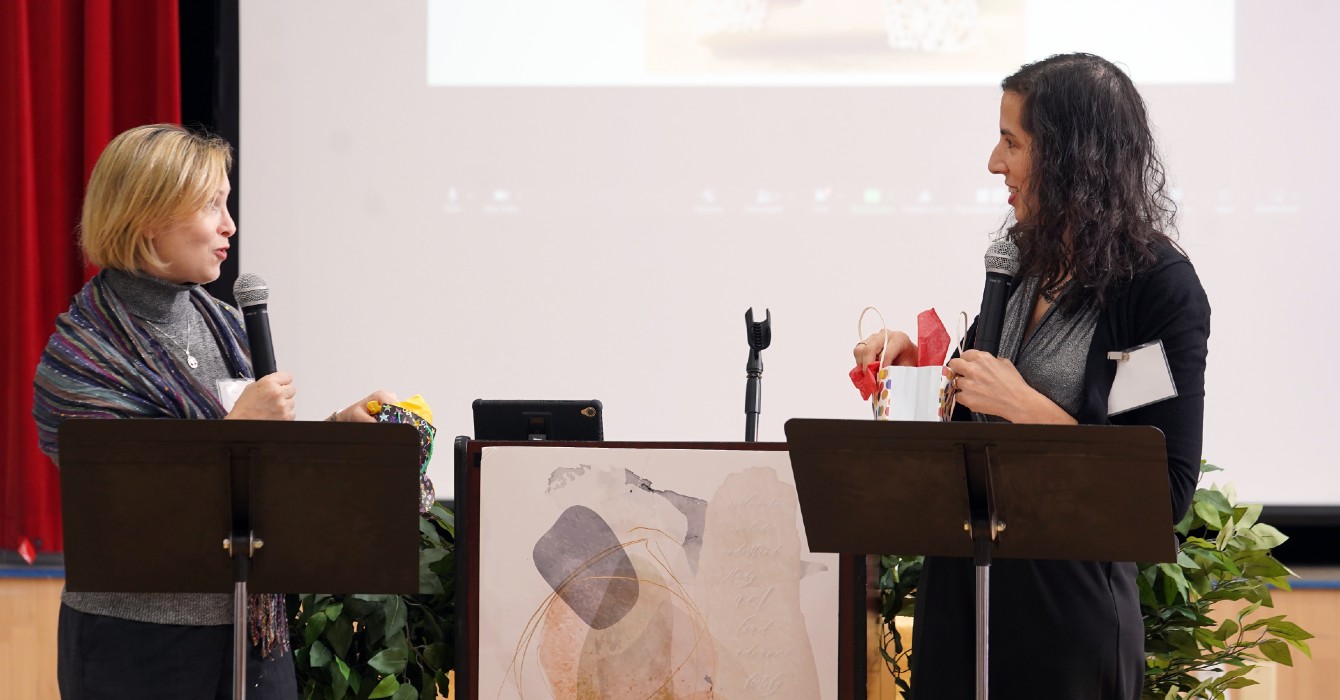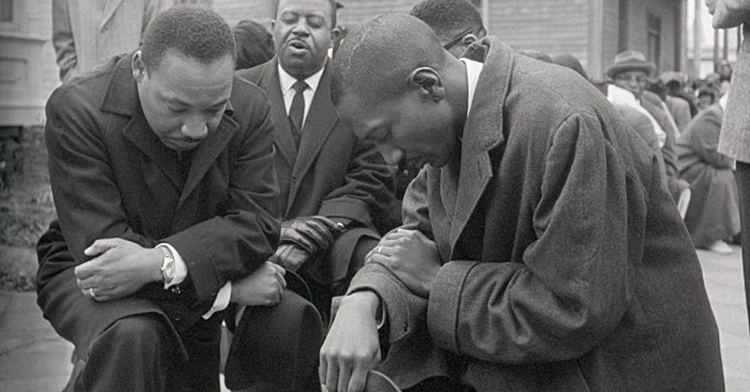When the young Indian chef Hassan Kadam tries to put Indian spices in a dish at Madame Mallory’s French restaurant, Madame Mallory protests. She argues that in 200 years of traditional French cuisine, this has never been done. Holding her gaze, Hassan replies, “Isn’t 200 years long enough?”
In the recently released movie, “The Hundred-Foot Journey,” Hassan and his family have moved from a conflict-torn area in India to a quaint village in the south of France. Arriving in their dilapidated car, they purchase an abandoned site in order to open an Indian restaurant.
One hundred feet across the country road is Madame Mallory’s Michelin-starred traditional French restaurant. A vicious conflict of cultures and cuisines ensues, until Madame Mallory realizes that she needs Hassan’s extraordinary talent to earn a long-awaited second Michelin star. Hassan realizes that his desire to cook Indian food needs to be set within the elegant reputation earned by Madame Mallory, and aided by her traditional know-how and her lovely young sous chef Marguerite.
While the movie is about food and about love, it is also about traditioned innovation, what theologian Greg Jones calls a way of thinking and being that holds the past and future in tension, not in opposition.
Madame Mallory represents the long-standing and successful tradition of French cuisine. Hassan and his family represent a time-honored Indian tradition of cooking. But it is only when the two are placed together in the kitchen that what is new and good can begin. Madame Mallory must learn to move out of what is safe and usual, in order to gain another star. Hassan and his family have been called out of their own traditional setting and must make a new life in a strange place.
When the two realize that business can no longer continue as usual, they can move forward into the future.
After a wildly successful but meaningless stint as a chef in Paris, Hassan comes back to the village to propose that they combine Madame Mallory’s stellar reputation with Hassan’s spark of genius and creativity. Madame Mallory gives Hassan control of her restaurant, to work his magic. At the movie’s conclusion, we see a heavenly coming together of cultures, cuisines and peoples, as the two groups come to love and accept one another, cooking in one kitchen and eating in the other.
The hundred-foot journey across the road to another cultural setting has created an unusual and beautiful community of traditioned innovation, ready to face the future stronger than they were alone.
Friendship, mutual respect, a willingness to forgive, the ability to let go of the familiar and a vision for the future make this coming together possible.
A Christian example of this coming together is described in the article “Coming together for the kingdom.” In this story, Interbay Covenant Church, a small Seattle congregation, “sacrificed itself to another for the benefit of future generations.”
The Rev. Eugene Cho and his congregation, Quest Church, “incorporated the traditions and gifts of an older church,” renovating their buildings and adopting former senior pastor Ray Bartel as one of their associate pastors. The current congregation is multi-ethnic, diverse in age and occupation, and what one former ICC lay leader calls “a mirror of the kingdom of God.”
Like the characters in “The Hundred-Foot Journey,” this Christian coming together reveals to us that “by being both innovative and faithful to tradition, we follow the pattern of the creating and redeeming God of Scripture.”












